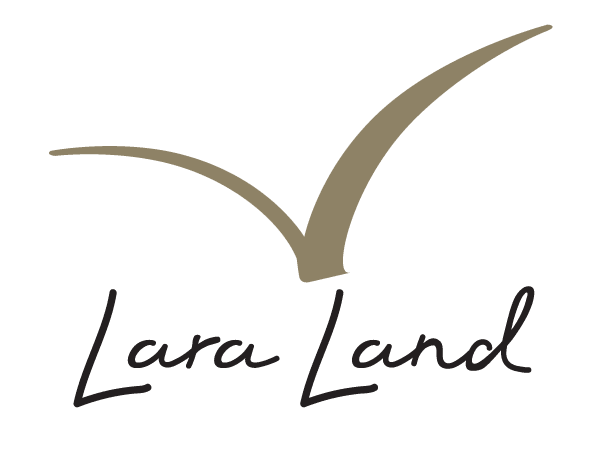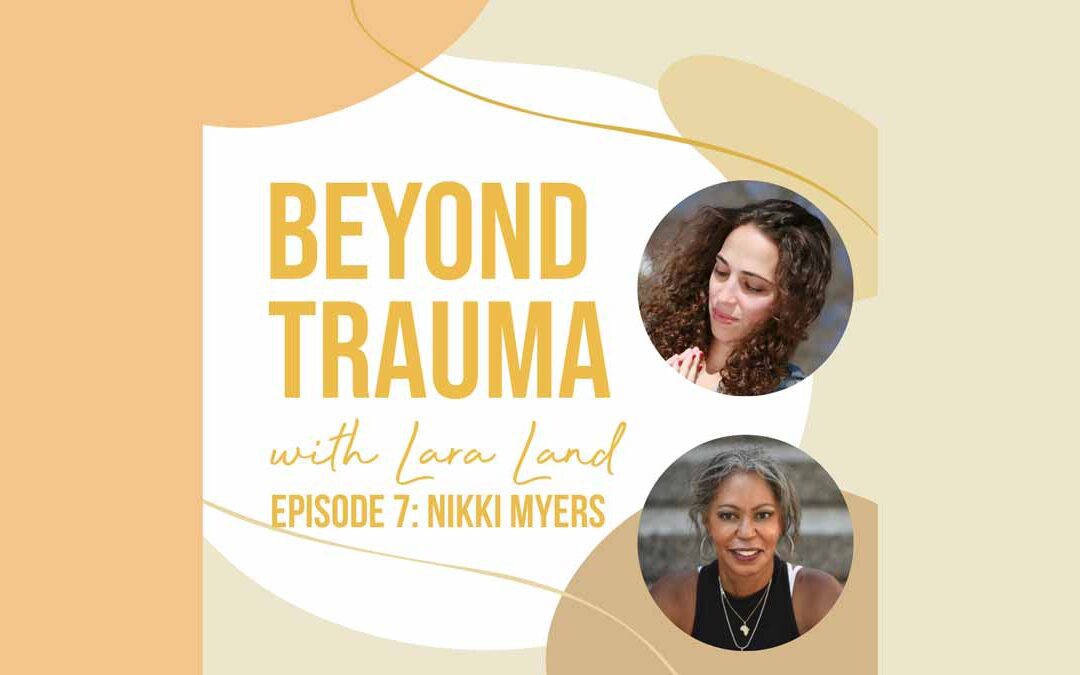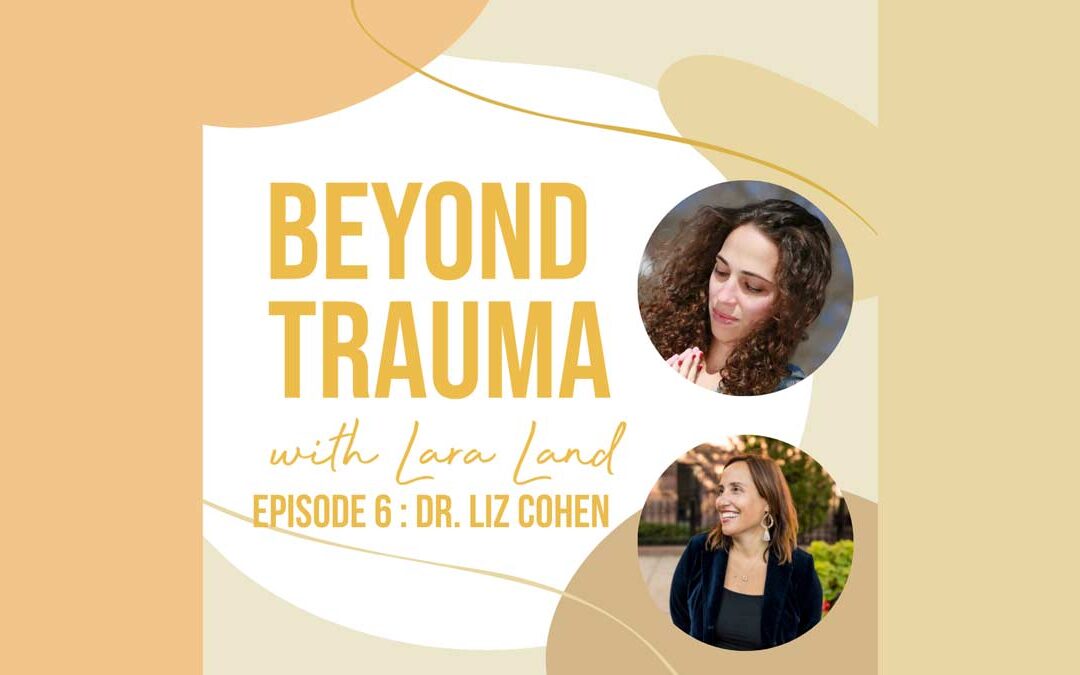
What is Wellness
In case you haven’t noticed, the last few years have seen a real shift in the way folks are viewing, talking about, and experiencing yoga and the whole wellness industry. Gone are the days of gurus, clear lineages, and cookie cutter definitions of what wellness is.
Those who like categorizing and those who need homogenous interpretations to feel like they know something will feel stretched these days wading through the various information out there on health and wellness… And that’s a good thing?
As Kerri Kelly details in her recent release, American Detox, The Myth of Wellness and How We Can Truly Heal, the wellness industry has long been corrupted, offering us many ways to buy our health, while always leaving us needing more. This unending and careless approach convinces us we need money and products to be well and leaves many feeling confused and lonely when they haven’t reached the positive sumit they were promised.
It also leaves out one or two important facts about wellness… the biggest being that we can not reach it alone.
Wellness includes things like access to clean air and water, health care, time and space, education and compensation, systems we achieve through each other when we live in healthy and well societies. When the places we occupy lack in these areas all of us suffer, some, by design, more than others.
This is systemic trauma and it is a side of trauma that has not been studied or talked about nearly enough. Kerri Kelly is trying to change that.
She is also one of the strongest voices advocating for a personal definition of wellness. This type of agency is the empowerment trauma survivors need and deserve. The ability to define what is wellness for me, what I need for my mind/body/spirit system to thrive is integral to the wellness I wish to create.
For those of us in the trauma informed yoga or yoga service space like Kerri Kelly and I have been in for so many years, learning not just to bring in trauma informed yoga but to listen to what the trauma survivors we are serving are really asking for, has been crucial to our evolution.
I know it’s what we are doing at Three and a Half Aces Yoga.
Take a listen to Kerri’s work and actions on my latest Beyond Trauma podcast on iTunes or Spotify as we talk about systemic trauma and the harm it is doing to all of us, no matter how close we sit to privilege.







Recent Comments